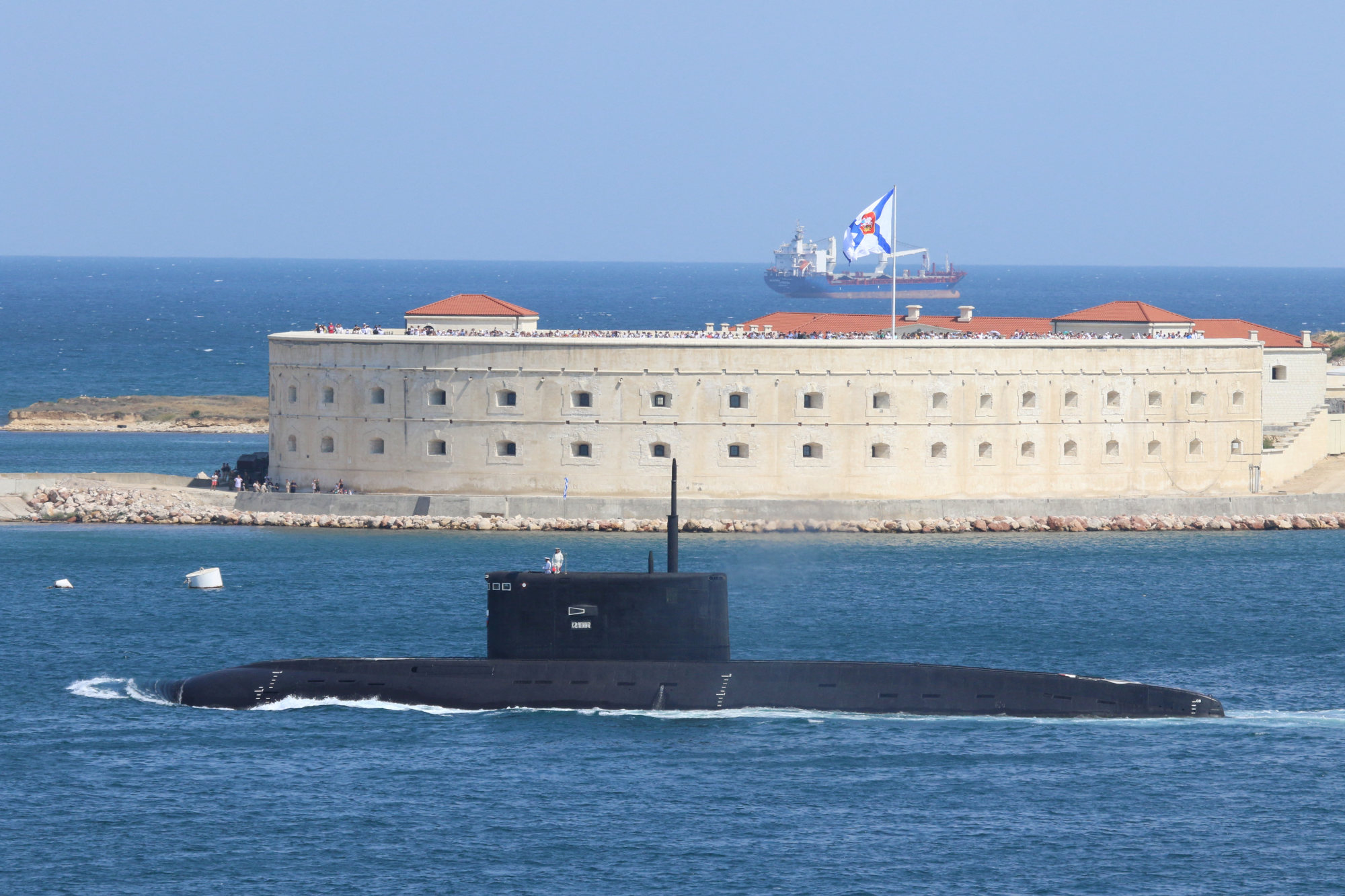Ukraine says its Sea Baby drones can now hit Russian ships anywhere in Black Sea
“Today, the SBU can attack enemy ships virtually anywhere across the Black Sea,” he said, according to a translation by Ukrinform.
Dehtiarenko did not disclose the technical details but said that specialists from the Ministry of Internal Affairs, the Security Service, and others had created the “next-generation drones”, per media outlet Rubryka.
He added that Sea Baby drones have been used to strike 11 Russian ships, including the patrol ship Pavel Derzhavin in October and the Olenegorsky Gornyak in August, per the outlet.
The SBU and Ukraine’s Ministry of Internal Affairs did not immediately respond to a request for comment.
The reported upgrades come as a spokesman for Ukraine’s navy said in a Facebook post earlier this week that Russia had pulled its last Black Sea Fleet warship out of Crimea.
Ukraine has heavily targeted Russia’s Black Sea Fleet, using aerial drones, sea drones and anti-ship missiles.
Earlier this year, Ukraine’s military claimed to have destroyed a third of the fleet, and in March, the UK’s Ministry of Defence declared the Black Sea Fleet “functionally inactive”.
This is the latest reported upgrade Ukraine’s Sea Baby drones have undergone, as part of attempts to offset Russia’s naval superiority.
In January, the SBU released video footage which it claimed showed Sea Baby drones firing missiles at Russian vessels.
And in March, the Financial Times’ Ukraine correspondent, Christopher Miller, reported – citing an unnamed Ukrainian intelligence official – that Ukraine had placed rockets onto its naval drones to hit land targets.
Meanwhile, The Wall Street Journal reported last month that four Russian ships, including the missile corvette Samum and patrol ship Pavel Derzhavin, were hit by mines laid by Sea Baby drones.
Brig Gen Ivan Lukashevych, the mastermind behind Ukraine’s fleet of naval drones, told the Journal that they were being marshalled into squads of up to 20 drones that can replicate the abilities of a single warship.

Bryan Clark, a senior fellow at the Hudson Institute, wrote last week that drone operations in the Black Sea have been so successful that they are sparking a fundamental rethink in the UK, France, the US and elsewhere about how drones may affect future naval operations.
Clark cited the Pentagon’s Replicator initiative, a month-long plan to field air and naval drones at scale, which he said could be used to help counter a Chinese attack on Taiwan.
“Ukraine’s small, low-cost sea drones are offering a compelling view of future tactics and capabilities,” he said.
However, while Russia may have lost naval superiority and sea control over the Black Sea, it does not mean that Ukraine has control of the Black Sea either, Basil Germond, an expert in international security at Lancaster University in the UK, said.
But it does mean that Russia’s options at sea are now minimal, he told BI.